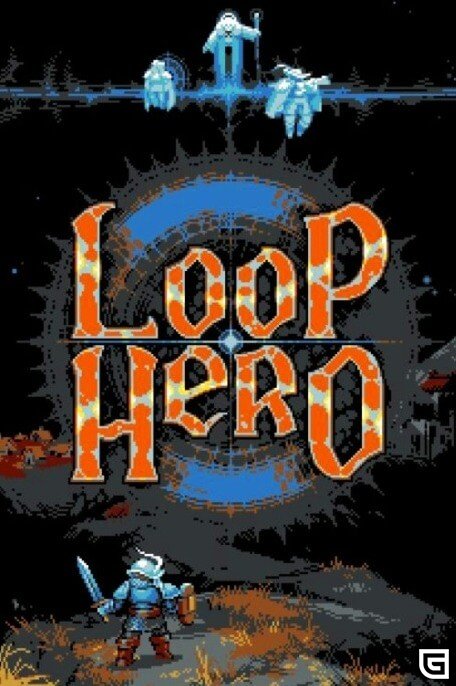
So what is actually happening when you use the Maze of Memories to fill up the tiles is that your Boss meter is getting filled. But what you need to realize is that Loop Hero is different from the norm and it shows here as well. However, this might seem a bit counter-intuitive as these tiles themselves actually have no use as they are just normal tiles. The Maze of Memories helps place various tiles around the path in the Loop you’re walking in. With the help of this, you can even gain various resources in the game.

This is a mechanic that is completely unique to Loop Hero. Field cards are used when you have to place various items in and around the Loop you’re walking on. So the Maze of Memories is a Field Card in the game. What is the Maze of Memories in Loop Hero Learn more about this Field Card But what is the actual purpose of this so-called Maze of Memories? This guide will tell you everything that you will need to know about the Maze of Memories Field Card in Loop Hero. One such hint of a unique game mechanic is the completely confusingly named Maze of Memories. Due to this, the game has caught on quite a bit.
#Loop hero book of memories full#
It is full of completely unique mechanics that redefine the game and genre completely. Yet by examining memory practices and drawing on evidence from early modern England, France, Germany, Ireland, Hungary, the Low Countries and Ukraine, the case studies in this volume highlight the extent to which early modern memory was already a multimedia affair, with many political uses, and affecting stakeholders at all levels of society.Loop Hero is a game of unique and uncharacteristic gameplay. Premodern ways of negotiating memories of pain and loss, for instance, were indeed quite different to those in the modern West. Contributors include: Andreas Bähr, Philip Benedict, Susan Broomhall, Sarah Covington, Brecht Deseure, Sean Dunwoody, Marianne Eekhout, Gabriela Erdélyi, Dagmar Freist, Katharine Hodgkin, Jasmin Kilburn-Toppin, Erika Kuijpers, Johannes Müller, Ulrich Niggemann, Alexandr Osipian, Judith Pollmann, Benjamin Schmidt, Jasper van der SteenĮdited by Erika Kuijpers, Judith Pollmann, Johannes Müller, and Jasper van der Steen Many students of memory assume that the practice of memory changed dramatically around 1800 this volume shows that there was much continuity as well as change. Yet by examining memory practices and drawing on evidence from early modern England, France, Germany, Ireland, Hungary, the Low Countries and Ukraine, the case studies in this volume highlight the extent to which early modern memory was already a multimedia affair, with many political uses, and affecting stakeholders at all levels of society. Even with no visible traces of the past left standing, many places thus still reminded people of the Revolt.Įdited by Erika Kuijpers, Judith Pollmann, Johannes Müller, and Jasper van der Steen Many students of memory assume that the practice of memory changed dramatically around 1800 this volume shows that there was much continuity as well as change. In this case the Dutch Revolt only added another layer of commemoration, while the intention had been to remove Catholic memories from the site. In the Dutch Republic Catholics, for instance, continued to visit the sites of demolished chapels and churches to celebrate mass or to commemorate the past. The aim of this paper is to consider these physical changes to a city’s appearance in order to understand what the destruction, demolition or removal meant for different groups in the urban community. The physical alterations to the urban landscape, from town halls to churches and from gates to statues could therefore represent an act of forgetting or commemoration. Both Calvinists and Catholics wished to eliminate each other’s symbols, and were eager to (re)build their own. Depending on who controlled a city or region, these changes were either temporary or permanent.

Processions were curtailed and abolished, but also rerouted out of fear for the safety of relics.

Buildings, statues and paintings were demolished, destroyed, and removed. Their religious, social and political implications had had a devastating impact on the physical surroundings in cities. In the Low Countries the Reformation and the Revolt caused significant changes to the existing urban memory landscape.


 0 kommentar(er)
0 kommentar(er)
